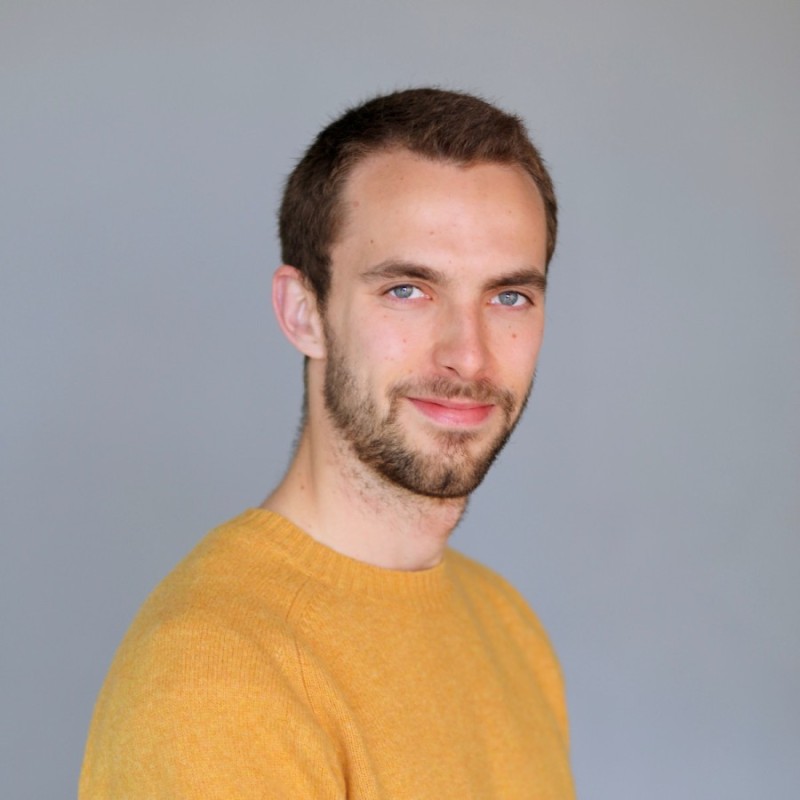My year at MVA
Published:
The MVA (Mathematics, Vision, Learning) is a master of research at École Normale Supérieure Paris-Saclay. I followed it as part of a dual degree with Mines Paris during the year 2021-2022. As many people asked me about my experience during this year, I decided to make it available to everybody! This blog post will be updated regularly with new content about the courses and the projects I chose. [writing in progress…]
Warnings:
- The comments about the courses content are personal and may not reflect the true vision of the teachers.
- As I followed the master last year, my memories about the courses may be a bit outdated and inexact.
- The resources I share about my projects are student work. They were done in a limited amount of time, hence do not reflect the quality of work I am able to reach with more time. Especially, they may contain mistakes, not cite properly some related works etc.
Courses chosen
- Geometry of shape spaces (Alain TROUVE, Joan Alexis GLAUNES)
- Geometry and statistical learning (Stanley DURRLEMAN)
- Convex optimization and applications in machine learning (Alexandre D’ASPREMONT)
- Computational statistics (Stéphanie ALLASSONIERE)
- Kernel methods for machine learning (Julien MAIRAL, Michael ARBEL)
- Computational optimal transport (Gabriel PEYRE)
- Medical Image Analysis based on generative, geometric and biophysical models (Xavier PENNEC, Hervé DELINGETTE)
- Functional brain imaging (Bertrand THIRION, Théodore PAPADOPOULO)
- Sub-pixel image processing (Lionel MOISAN)
One-by-one details
Sub-pixel image processing (Lionel MOISAN)
Project: Elliptical phantoms for tomographic reconstruction. Report / Slides / Code.
Description of the course: This image processing course studies the link between the continuous world in which an object lives and its discrete digital counterpart through image acquisition. In a first part, we learn how the everyday images we can see on our smartphones are formed from a continuous reality, after a long process involving geometric deformations, diffraction, sampling and several types of noise. The main result involving this first part is Nyquist–Shannon sampling theorem, that roughly states that we do not loose any information when we digitize an image if the resolution is high enough (proportional to the highest frequency in the input signal). However, real world images have many discontinuities due to the superposition of objects, and hence unbounded frequencies. The famous consequence in image acquisition is aliasing, which creates for instance ringing artifacts around the corners of the objects, or creates this painful artifact we see on television when somebody wears a striped shirt. In a second part, we study the inverse process, i.e. under which hypotheses and how we can recover an original continuous image from its discrete version. With this continuous version, we can apply some mainstream operations to the discrete image, like translation, rotation, zoom etc.
Personal opinion: I very much enjoyed this course, mostly thanks to the professor, Lionel Moisan, who is passioned about his topic and actually has main contributions in the field, some of which were the focus of a few lectures. This is probably the course I spent the most time working on, first because it was really interesting, touching to everyday life problems, but also mostly because all the homeworks and projects contained open and qualitative questions, for which the time spent on can be unbounded. The most striking example was the final project that I chose to formulate myself. I spent probably around 50 hours on it, which is a lot for an MVA project, given the quantity of work we have in other courses, but it was really worth it. Especially, it was the first time I led a research project from beginning to end. Indeed I had already been involved in several research projects, but all the time the state of research in the field and the objectives of the project were given, whereas here I discovered a very new topic which is the one of computerized tomography in medical imaging, and formulated myself the problem I wanted to address in relation with what we had studied in the course. I think that this time consuming experience will be useful for my future career in research.
Evaluation modalities:
- 6 practical works
- 1 written exam / 1 research paper presentation and implementation / 1 open-research project
